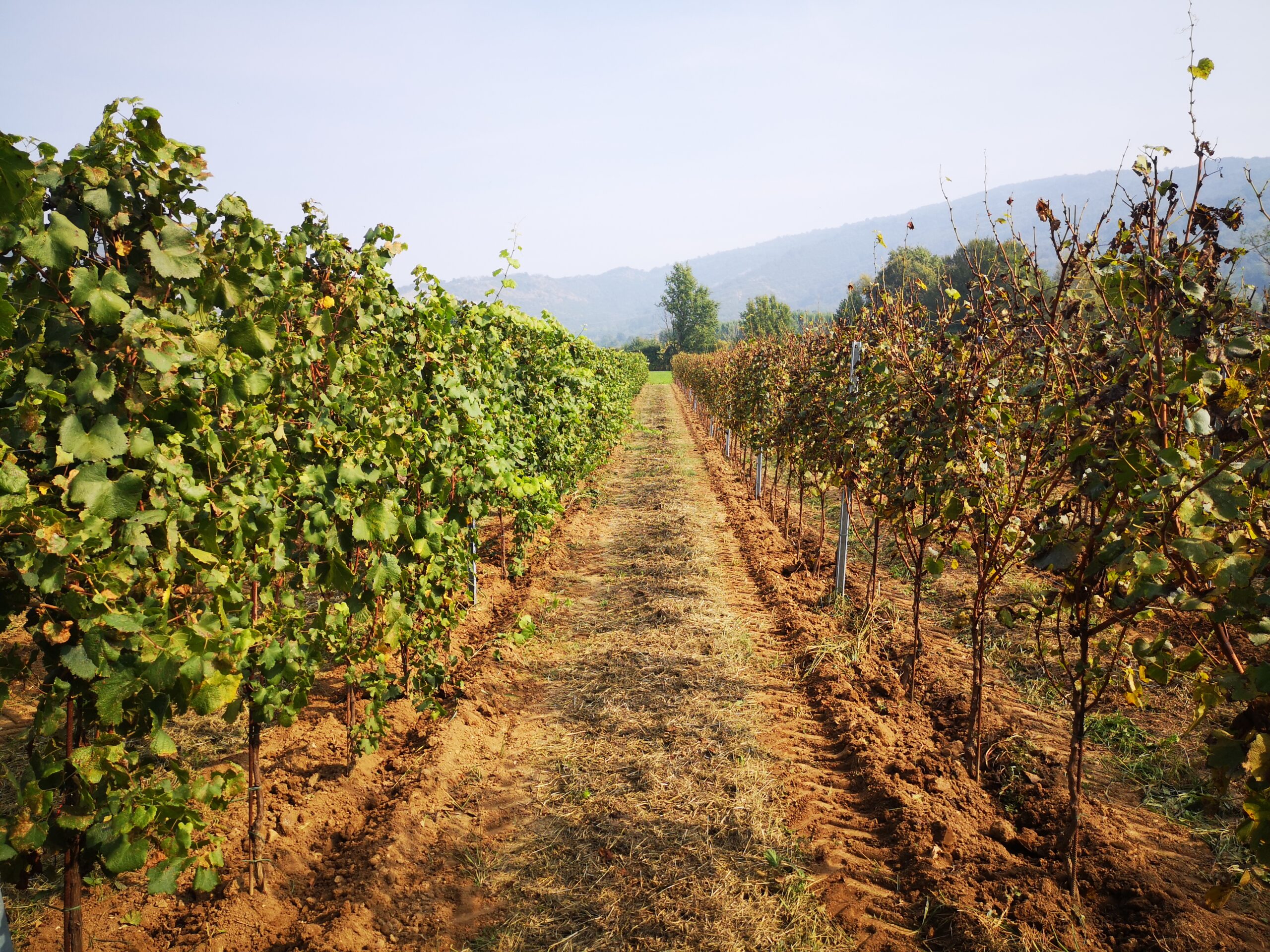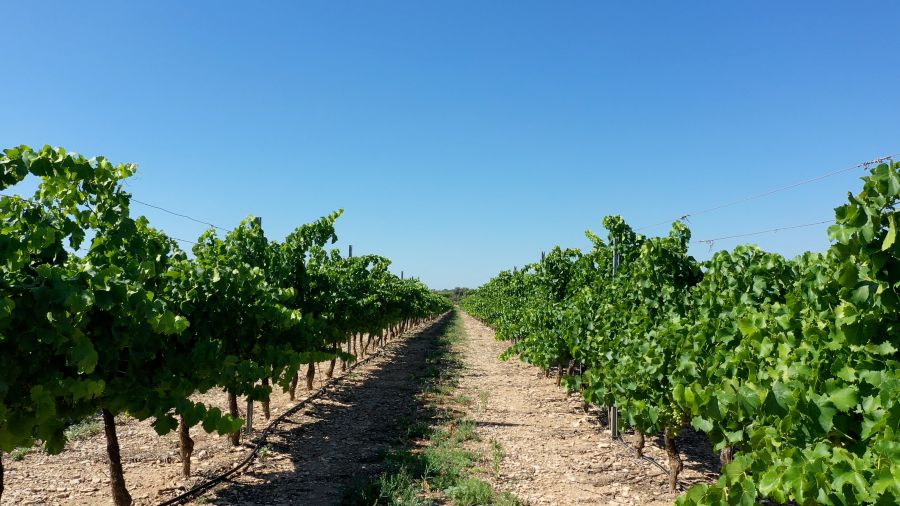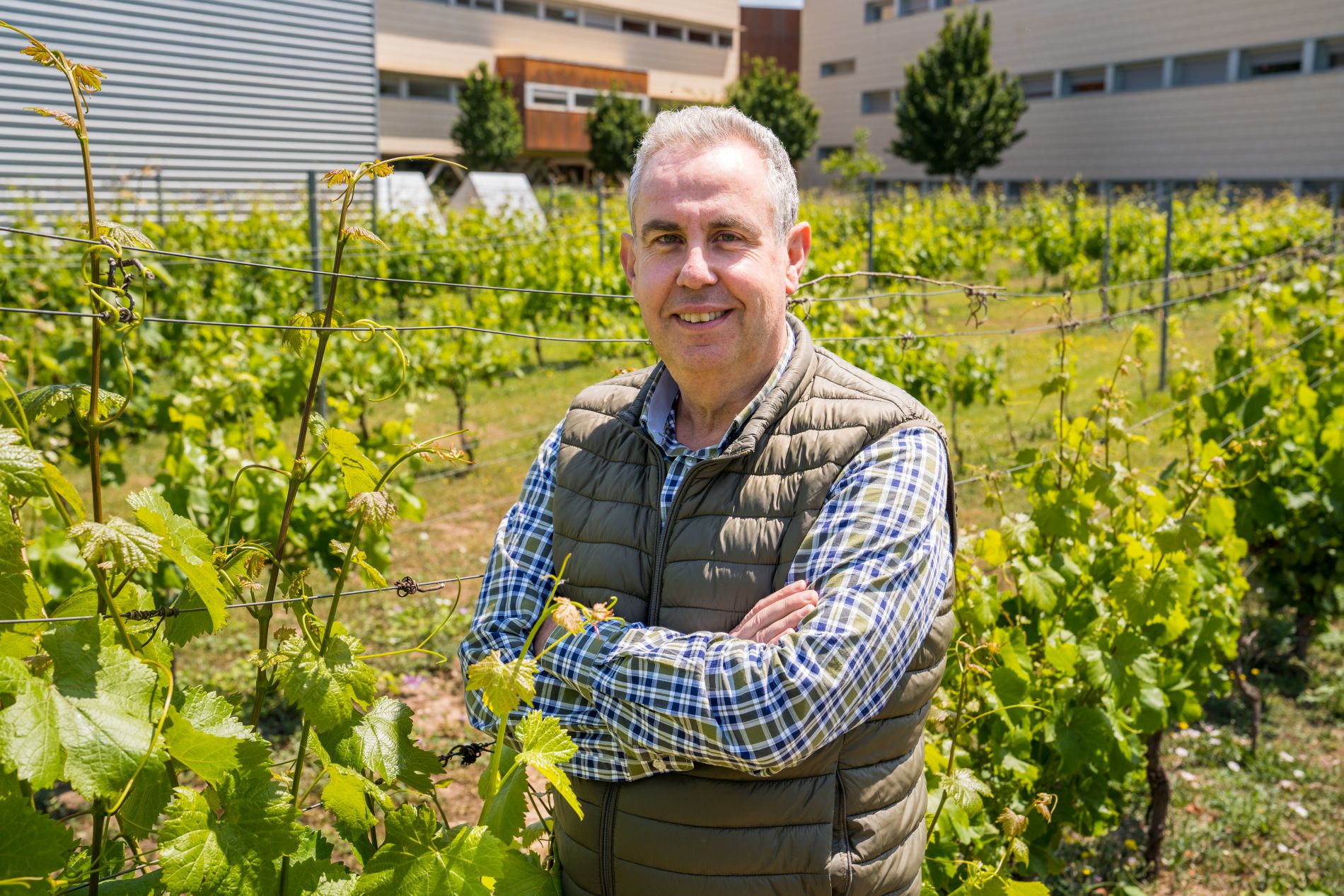“Digital tools already exist; what’s missing is the sector’s ability to use them”
Interview with Guillermo Laguna, Viticulture Consultant
How prepared is Spanish viticulture to face climate events that favor the emergence of fungi and other diseases?
There are currently technical, digital, and even treatment-based means to tackle diseases. Organic viticulture has also made great strides in this area, and there’s a wide range of organically produced wines available. I believe the main issue lies in professionalization and understanding how these pests and diseases work. That’s where we fall short—we have the tools, but we don’t know how to apply or optimize them effectively.
Do you think there’s still a lack of technical expertise among professionals managing vineyards and wineries?
Yes, I believe it’s still lacking. That said, awareness is growing, and there’s a shift in mindset. It’s no longer just about generational change or a shift in work models—people are realizing that traditional methods aren’t necessarily the best, not just in terms of profitability but also optimization.
Ultimately, we need to adapt to the world around us because digitalization isn’t just about disease prevention—it’s an essential tool for improving overall vineyard management.
Besides a change in mindset, there also needs to be training in digitalization, right?
There needs to be a new wave, let’s put it that way, of technicians or new farmers who understand these tools. These tools don’t work on their own—you need to know how to manage them.
The problem is that many people don’t value the technical resources we have today, either because they don’t know how to interpret them or they don’t truly understand their potential. So the issue isn’t that we lack technology or tools—it’s that people don’t know how to put them into practice or interpret the data to act accordingly, whether it’s from a pest algorithm or a weather station.
At the end of the day, these are tools that help us, but they don’t make decisions for us
What tools do you consider essential for effective vineyard management?
Right now, there are areas that are especially sensitive due to their economic impact and the management of machinery and personnel—fertilization, irrigation, and phytosanitary protection. Then there’s the optimal harvest timing, which greatly affects wine quality and the final product.
Being able to monitor or use digital tools to make these decisions easier and more coherent is at the core of good vineyard management.
What role do aerial images play in precise vineyard management?
I’ve been using these types of images for many years—both satellite images, which are often free, and drone images, which are much more precise. For example, a free satellite image has a pixel size of 10 meters by 10 meters. A drone captures a pixel size of two centimeters, so the precision is vastly different.
It also depends on the investment you’re willing to make. In the end, we’re comparing a free image with one that has a cost. Each has its function. Clearly, with a drone image, we can be much more accurate, but if that’s not an option, satellite imagery still gives you a very close and useful idea of what’s happening in your vineyard.
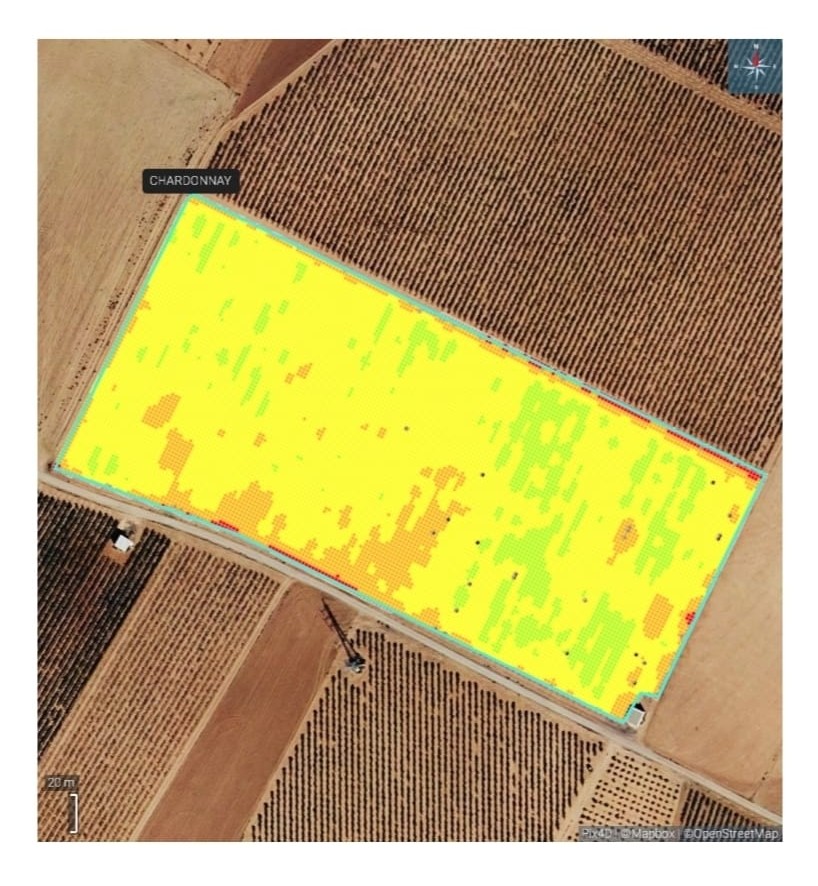
Are digitalization and these new technologies accessible to everyone?
Considering we’re talking about prevention, how much time passes between receiving an alert and the issue becoming visible or problematic?
With satellite images, it’s more about trends than prediction. It’s not easy to detect specific problems due to image resolution—it’s very difficult to pinpoint exact issues. But they can give you clues about whether your vineyard is doing better or worse than in previous periods. You can set your own quality benchmarks based on individual parameters and vineyard data, and see whether your vineyard is above or below those values to make decisions.
As I mentioned earlier, with drones we can be more precise, but there’s still a lack of literature on the subject. We’re currently in a phase of parameterizing those images and understanding what’s really happening in the vineyard.
In the context of parameterization, how does artificial intelligence fit in? Is it a decision-making tool or just a support system?
Artificial intelligence in agriculture is still under development. The layer of AI we can currently use is the most basic—it’s useful for comparisons and such, but not for making decisions. As we discussed earlier, there’s very little historical data and literature, so the models aren’t trained to respond to or solve problems.
I’m working on it—integrating AI with databases I already have. I’ve been collecting field and winery data for many years, and now I want to develop an AI that can provide answers based on this data, which includes many different appellations and diverse scenarios. The idea is for it to analyze climate data, yields, diseases, grape quality, and other analytical parameters.
Looking ahead, what technologies or tools do you think will be essential for viticulture in the next 5 to 10 years?
I have a lot of faith in artificial intelligence, of course, because I believe it’s a reality. We’re already seeing in other sectors that AI is creating a before-and-after in business management and daily operations.
Sensor technology and crop monitoring—I don’t see them as future tools, but as very present ones. I have high hopes for image interpretation. For me, that’s the future: a worker driving a tractor with a camera, continuously capturing images of the vineyard.
This way, you can know how much grape you have, whether there’s a disease or deficiency, a pest, or the ripening stage of your vineyard—because in the end, it’s the most real and accurate data.
That’s where I think we should invest and focus—on image processing and decision-making based on that.
And one thing is clear: technology is far ahead of technical capacity. So right now, without a doubt, we’re aware that the tools exist. What we need to work on in the coming years is training technicians to use them.

